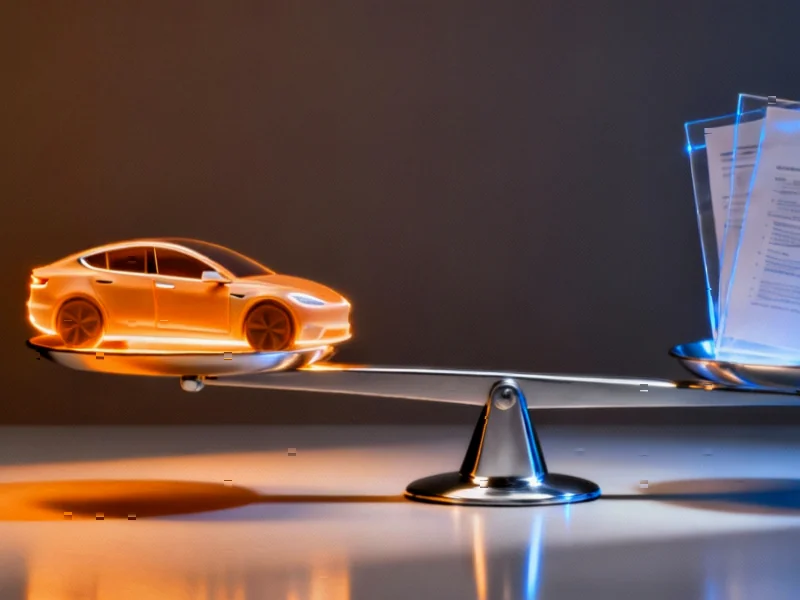Samsung’s Galaxy XR Headset Enters Uncharted Territory with Android XR
Samsung’s recently unveiled Galaxy XR headset is the world’s first device to run Google’s new Android XR operating system, marking a significant step in extended reality hardware. However, according to reports, Samsung has not yet determined how many OS updates the headset will receive, citing the novelty of both the product and the platform.
Table of Contents
Uncertain Update Roadmap for Pioneering Device
Since the Galaxy XR and Android XR are both new to the market, sources indicate that Samsung and Google are still collaborating on a maintenance policy and roadmap. The report states that the companies are working closely to “deliver the best possible multimodal AI and XR experiences for our users,” but specifics on update longevity remain unclear. Analysts suggest that the lack of a defined policy reflects the experimental nature of early-stage XR technology.
Market Factors to Influence Future Support
The duration of OS support for the Galaxy XR will likely depend on several external factors, according to reports. These include the headset’s market performance, consumer demand, and the pace of technological advancement in the XR space. If the device gains mainstream traction, support could be extended, but for now, it is too early to predict update cycles with certainty.
Availability and Pricing for Early Adopters
For those eager to experience the new platform, the Galaxy XR headset is now available for order in the United States and Korea. In the U.S., the base model costs $1,799, excluding optional accessories like motion controllers. This positions it as a premium entry in the competitive virtual reality headset market, appealing to tech enthusiasts willing to invest in cutting-edge hardware.
What This Means for the XR Ecosystem
The launch of Android XR on Samsung hardware represents a pivotal moment for the extended reality industry, as it combines Samsung’s hardware expertise with Google’s software capabilities. However, the undetermined update policy highlights the challenges of pioneering new technology. As the platform evolves, users can expect clearer guidelines, but for now, early adoption comes with uncertainty regarding long-term software support.
Related Articles You May Find Interesting
- YouTube Deploys AI Likeness Detection to Combat Unauthorized Deepfakes of Top Cr
- Amazon’s Robotics Expansion: 600,000 Jobs at Stake by 2033, Internal Documents R
- OpenAI’s new browser is a broadside shot at Google | TechCrunch
- OpenAI’s new browser is a broadside shot at Google | TechCrunch
- Amazon Reportedly Accelerating Warehouse Automation, Potentially Affecting 600,0
References & Further Reading
This article draws from multiple authoritative sources. For more information, please consult:
- http://en.wikipedia.org/wiki/IPhone_XR
- http://en.wikipedia.org/wiki/Virtual_reality_headset
- http://en.wikipedia.org/wiki/Samsung_Galaxy
- http://en.wikipedia.org/wiki/Samsung
- http://en.wikipedia.org/wiki/Operating_system
This article aggregates information from publicly available sources. All trademarks and copyrights belong to their respective owners.
Note: Featured image is for illustrative purposes only and does not represent any specific product, service, or entity mentioned in this article.



